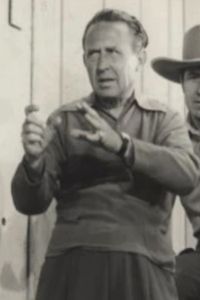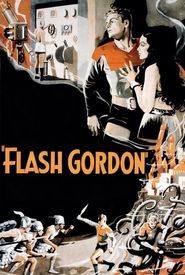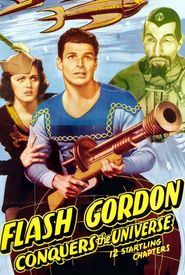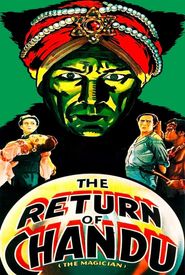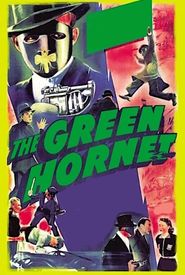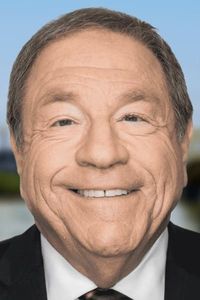One of the most prolific American directors, Ray Taylor, a native Midwesterner, began his show-business career as an actor and stage manager in regional theater, a career that was interrupted by his service in World War I. After his discharge, he ventured to Hollywood, where he secured a job with Fox Films and worked as an assistant director, often collaborating with the renowned John Ford. In the 1920s, Taylor made the transition to Universal Pictures, where he gained the opportunity to become a director, initially specializing in one- and two-reelers. His proficiency in this niche impressed Universal executives, who promoted him to direct features and serials.
When talkies emerged, Taylor, unlike many of his silent-era colleagues, had no difficulty adapting to the techniques of sound films, and his career accelerated rapidly. Universal entrusted him with the director's chair for many of its top western series and eventually placed him at the helm of one of its most beloved and fondly remembered serials, "Flash Gordon." However, due to a worsening drinking problem, his work became increasingly erratic in the late 1930s and early 1940s.
Director William Witney revealed that he received his first co-directing credit on the Republic serial "The Painted Stallion" (1937) because Taylor had become so inebriated by lunchtime that he had to be taken home, prompting Witney to finish the picture. Taylor was later paired with the equally prolific but more reliable Ford Beebe during his final years at Universal.
As the serial genre began to decline, Taylor returned to directing westerns and was eventually hired by Producers Releasing Corp. (PRC) to lend a professional touch to its low-grade western series starring the erstwhile "cowboy" Lash La Rue. When the series and its star departed PRC for Ron Ormond's even lower-rent Western Adventure Productions, Taylor followed suit. However, the series' rock-bottom budgets, subpar scripts, and the ineptness of its star hindered any efforts Taylor made to revive them, and these entries can hardly be considered among his better works.
Taylor retired from the industry in 1949 and passed away in 1952.
